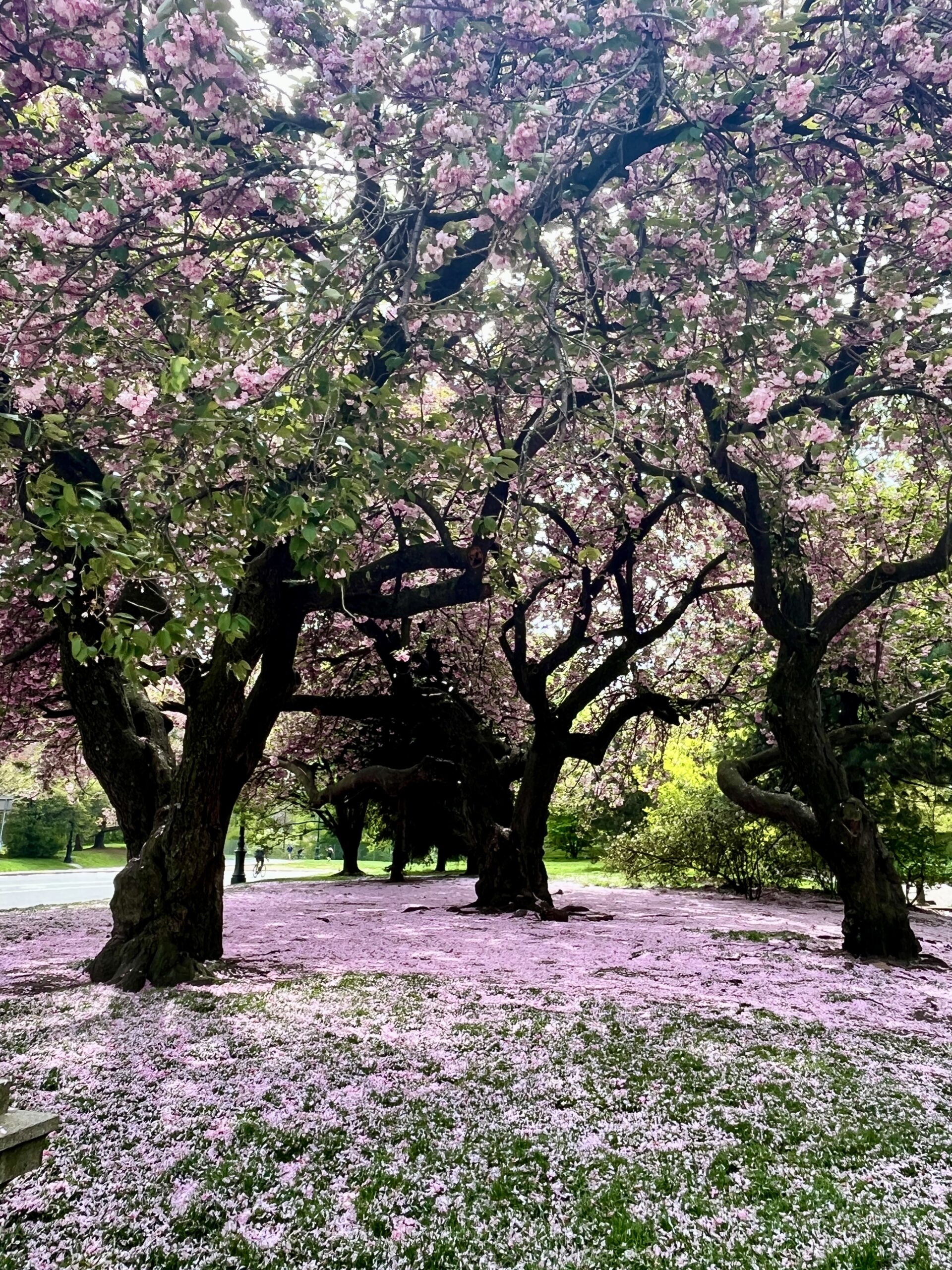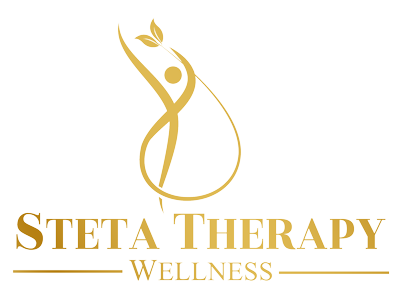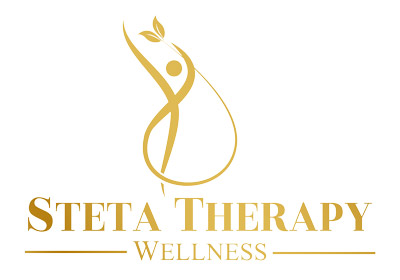15 May The 5 Benefits of Blending Nature, Our Senses, Mindfulness, & Therapy
There is power in reconnecting with our Roots!

“The rivers flow not past, but through us, thrilling, tingling, vibrating every fiber and cell of the substance of our bodies, making them glide and sing.”
John Muir
This rainy season has me focusing on the here and now big time. As I push myself professionally to expand on what I am able to offer to my clients, I have personally found life to be quite busy and fast-paced. So I am attempting to ground myself in the present as best as I can.
Today, this morning, this minute…
Our minds have a way of gravitating towards the busy, the stressful, the problems- almost like a magnet. We are starting to understand what this is about- really it’s the nervous system doing what it does best, scanning for danger so that it can take care of us in our every waking moment. Stephen Porges coined this experience Neuroception, read here if you’d like to do a deep dive on the concept!
So, of course, this means we frequently find ourselves focusing on the negative.
And yet… this doesn’t always serve us.
It’s easy to let this autonomic (automatic) response get away from us and take the lead on our everyday choices and reactions.
So, I encourage you to take this Spring season step-by-step.
Try to intentionally focus your attention, right now. Using your senses can make this easy. What do you hear? See? Feel?
Whether it is referred to as Walk and Talk Therapy, Wilderness Therapy, Nature Informed Therapy, or Nature Informed Mindfulness, pairing natural vistas and environments with moving ones body, all while talk about difficult situations, traumas, and intense emotions has become a popular, and sometimes preferred, therapeutic support.
These experiences can range from a light walk to an intensive hike. From strolling through city streets or finding new paths in city parks to weekend intensives on a forest excursion. There is a version of this therapy for everyone, even the most skeptic, blue sky and bug-averse individual!
Yes, even in urban environments we can enter into our spaces and the surrounding world with the intention of finding, and focusing, on the nature that is present. While it may not be an actual forest or meet the criteria of “wilderness”, it can be a park, leaning on a tree, or a street corner of “wilderness”.
Walking is another form of bilateral stimulation, the back and forth attention central to EMDR therapy. As we move our feet left to right, the memory system can be activated through talking, while the walking grounds us in the present moment. This is helpful when memories hold emotional intensities or traumas. It can help with reducing intrusive thoughts, rumination, stress, anxiety, anger, and increasing energy and mood.
But why would we take things outside? In his book Last Child in the Woods, Richard Louv posits his idea of Nature Deficit Disorder, “a description of the human costs of alienation from nature”. Although we have been developing land, urbanizing, and gathering into clustered towns and cities since humans have been documented (even migrating tribes would develop their land, if only temporarily!), our modern world is so steeped in and distracted by tech that our brain and body just can’t catch up.
Research is starting to catch up though. While there are some shorter term benefits to using technology and video gaming, the negative effects of long-term use and exposure are well-documented and include “heightened attention-deficit symptoms, impaired emotional and social intelligence, technology addiction, social isolation, impaired brain development, and disrupted sleep”. Similarly our consumptive society is obsessed with the newest items, clothing, experiences, shows, and other cultural phenomena. The brain is rarely given a moment to slow down, rest, and recharge. For most people this is only occurring while we sleep, and even then about a third of the population suffers from insomnia! While ADHD diagnoses are on the rise, it seems both neurotypical and neurodiverse brains are equally drenched in hyper-stimulation. To which Mr. Louv discusses in his excellent book, that “green time” has advantages as a prescription for those with an ADHD diagnosis, especially since it is free, accessible, has minimal side effects, and minimizes stigma.
He goes on to note, “if it’s true that nature therapy reduces the symptoms of ADHD, then the converse may also be true: ADHD may be a set of symptoms aggravated by the lack of exposure to nature”. In this line of thinking, it would be relevant to surmise that some green therapy prescriptions should be in order for all of us (read: all of our brains!)
Growing up in upstate New York, I lived in a small city and attended school in a suburban neighborhood that was a close drive to more rural areas. I was a girlscout until I was 16 years old (what once was embarrassing, I now share with you all with pride!), hiked and camped, and wandered the small patches of woods near my home. As a child, these small patches felt like forests, and now as an adult I realize how thin and bare they actually were, surrounded by houses and filled with urban litter! Point being… I found solitude. And immersion. Complete focused attention on what was in front of me. While simultaneously allowing my imagination to soar.
An amazing teacher from the Kripalu Mindful Outdoor Guide (KMOG) training, Micah, speaks about being influenced by his own teachers and writers who spoke of the importance of everyone to ‘find their ditch’. A small, dirt filled indentation and hill can become a battle grounds, a surf board, a mountain to stand tall on. We all benefit from finding a place, outdoors, where we can be free to play, explore, and be our true selves. If this topic really intrigues you, I encourage you to read Miach’s book Rewilding, it’s truly beautiful how he marries mindfulness and nature!
As I grew into adulthood, I lost this sense of awe and exploration. I lost my ditch. While I still hike and camp and plan for outdoors experiences, it feels very stripped. A part of the to-do list. I’ve found myself yearning to re-connect to my roots in the last several years. And while it was an intense and scary time for most, Covid provided the slow down and the space. I went on adventures in the parks near my apartment in Brooklyn, NY. I re-connected to what was around me. My senses felt awakened and I found myself craving a deeper connection.
Since I completed my level I Kripalu Mindful Outdoor Guide (KMOG) certification in January (Micah was one of my teachers!), nature has helped me to fall in love with the here and now all over again! Being immersed in nature all over again, I learned to befriend beasts (often very large trees in Prospect Park that called to me), make teas from different pine needs, and notice animal tracks.
After getting this huge dose of my own Green Therapy and learning about all of the benefits of nature-based mindful experiences, it seemed like common sense to bring it to the clients that I work with.
So, what are the specific benefits of immersing ourselves in Nature as we focus our minds on metabolizing challenging thoughts, feelings, and experiences?
- Movement can make it easier for some people to discuss their feelings.
- Spending time in a forested area or an urban park or woodland can lessen anxiety and tension, and increase mood
- A 2019 study demonstrated that spending 20 minutes or more outdoors causes the body’s production of cortisol and other stress hormones to decrease—and this invites the brain and body to relax.
- Metaphors are abundant in green spaces, which allow us to get back to our roots in a meaningful way. The connections to the elements are undeniable, and when we have the opportunity to slow down and be immersed in them, we can often find a tangible relationship to the soil and minerals of the earth, the breeze of the sky, the sway of the trees, and drops of water.
- It builds trust with our higher Self. When we move our body, we naturally ground with every footstep on the ground, navigating and exploring, looking and listening. The tuning-in that occurs when we are outdoors is natural and requires low effort.
Mindfulness in Nature
The focus of the experience is therapy, not exercise. While there is no universally established definition, Nature Informed Therapy can be considered a nature-based therapeutic experience where health and healing are nurtured through the interaction of you and the more-than-human world.
So the “step by step” I am speaking of is slowing down so that we might get a glimpse of what nature has to offer. It’s ever present, even in the city. Pausing for one moment allows us to hear the birds sing and chat. See the pattern of bark on a tree trunk. Notice the swirls of clouds in the sky.
This type of therapy is an opportunity to add the benefits of nature to the therapeutic process- using what wilderness has to offer we can engage our senses and simultaneously bring our body and mind state into the present moment in a visceral way while also providing safety cuing to help ease the system.
This can include setting intentions as we enter into a park or a forest, perhaps asking the trees, grass, or whatever calls to you to bear witness to your process and to support you. And then giving thanks to the natural world for holding space for you to move through difficult moments and transitions as you exit the natural space.
This is an alternative option for any client when the weather permits, and the moment feels right. We will discuss a mutually agreed upon meeting place, as well as, potential challenges such as weather or how we might respond if we see a familiar face.
Starting May 15th I have availability on Wednesday and Friday evenings, as well as, some Saturday availability!
Please don’t hesitate to email or call me if you’d like to explore this option for your next session.
Until next time… please take moments each day to invest in your Wellth!


Sorry, the comment form is closed at this time.